Hanoi is the capital, a centrally governed city and one of two special urban areas of Vietnam.
Hanoi has long been a political, economic and cultural center since the early days of Vietnam's history. As the capital, Hanoi is home to many important cultural and entertainment venues and sports facilities of the country, and is also the chosen location to host many international political and sporting events. This is home to many traditional craft villages and is also one of the three regions with many festivals in Northern Vietnam. Hanoi's cuisine, with its many unique features, is also one of the factors that attracts tourists to the city. The capital Hanoi is located in the northwest of the center of the Red River Delta, bordering 8 provinces: Thai Nguyen, Vinh Phuc in the North, Ha Nam, Hoa Binh in the South,
Bac Giang , Bac Ninh and Hung Yen in the East, Hoa Binh and Phu Tho in the West.
Hanoi is 120 km from the port city of Hai Phong and 87 km from
Nam Dinh city, forming the three main poles of the Red River Delta. Currently, the city has an area of about 3,358.6 km².
, accounting for about 1% of the country's natural area, ranking 41st in area among 63 provinces and cities in our country and is one of 17 capitals with an area of over 3000 km². After the war, Hanoi continued to play the role of capital of the unified Vietnam. Hanoi was awarded the title "City for
Peace " by UNESCO on July 16, 1999.
In 2000, President Tran Duc Luong awarded Hanoi the title "Heroic Capital" on October 4. With an age of more than 1,000 years, Hanoi is the oldest capital among 11 capitals of countries in Southeast Asia. Hanoi is a city with potential for
tourism development. In the inner city, along with architectural works, Hanoi also owns the most diverse museum system in Vietnam. The city also has many advantages in introducing Vietnamese culture to foreign tourists through folk theaters and traditional craft villages. Hanoi tourism is becoming more and more attractive to tourists. The scale of GRDP in 2020 at current prices is estimated at 1,016 trillion VND; GRDP per capita reached 122.7 million VND (equivalent to 5,285 USD), up 2.34% compared to 2019. The structure of the agricultural, forestry and fishery sector accounted for 2.24% of GRDP; the industrial and construction sector accounted for 23.67%; the service sector accounted for 62.79%; product taxes minus product subsidies accounted for 11.3% (The corresponding structures in 2019 were: 2.02%; 22.9%; 63.73% and 11.35%). Total State budget revenue in the area in 2020 is estimated at 280.5 trillion VND, reaching 100.6% of the estimate assigned by the City People's Council, up 3.9% compared to 2019, of which: Revenue from import and export activities is estimated at 18.9 trillion VND, reaching 102.7% of the estimate and equal to 99.8% compared to 2019; revenue from crude oil is 2.1 trillion VND, reaching 99.5% and equal to 63.2%; domestic revenue (excluding crude oil) is 259.5 trillion VND, reaching 100.5% and increasing by 4.7%.
 Vương Thanh Tú•29/03/2023
Vương Thanh Tú•29/03/2023




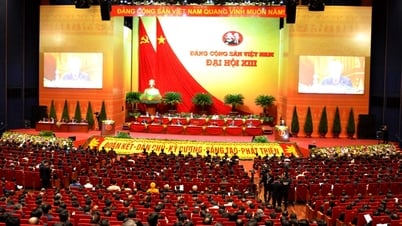

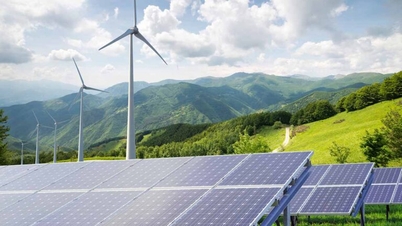


![[Photo] Prime Minister Pham Minh Chinh chaired a meeting to discuss solutions to overcome the consequences of floods in the central provinces.](https://vphoto.vietnam.vn/thumb/1200x675/vietnam/resource/IMAGE/2025/10/29/1761716305524_dsc-7735-jpg.webp)
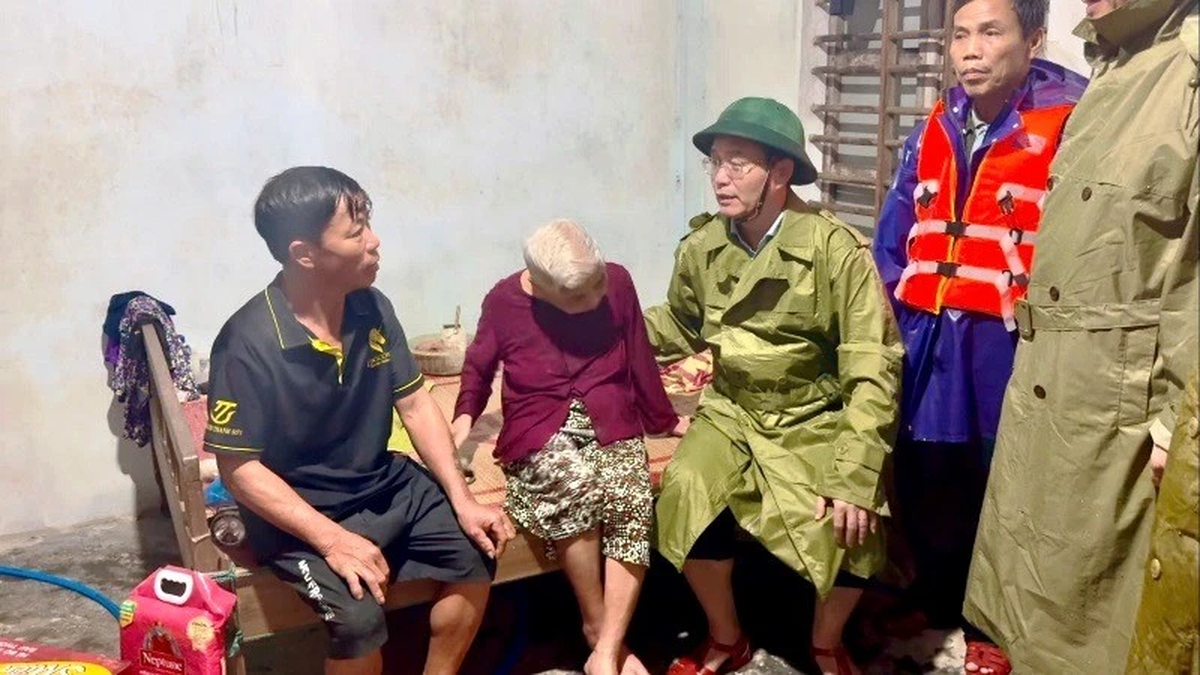

![[Photo] Hue: Inside the kitchen that donates thousands of meals a day to people in flooded areas](https://vphoto.vietnam.vn/thumb/1200x675/vietnam/resource/IMAGE/2025/10/29/1761738508516_bepcomhue-jpg.webp)
![[Photo] Human love in the flood in Hue](https://vphoto.vietnam.vn/thumb/1200x675/vietnam/resource/IMAGE/2025/10/29/1761740905727_4125427122470875256-2-jpg.webp)
![[Photo] Prime Minister Pham Minh Chinh chaired a meeting to evaluate the operation of the two-level local government model.](https://vphoto.vietnam.vn/thumb/1200x675/vietnam/resource/IMAGE/2025/10/29/1761751710674_dsc-7999-jpg.webp)
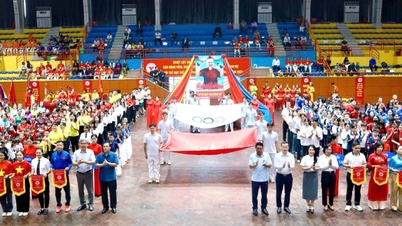

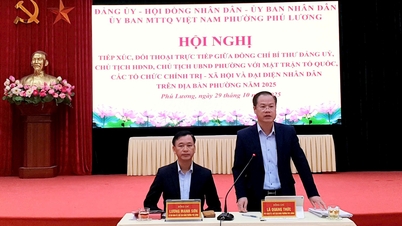
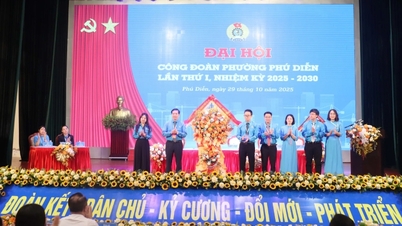





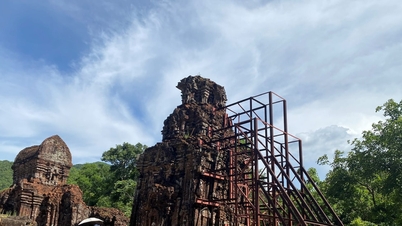

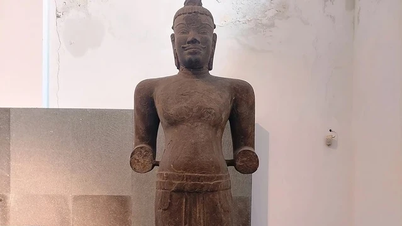

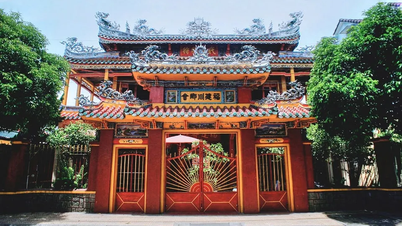

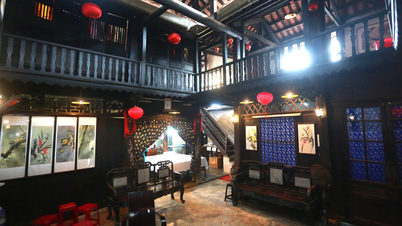

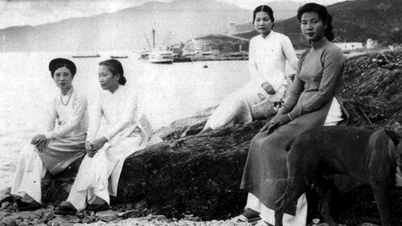

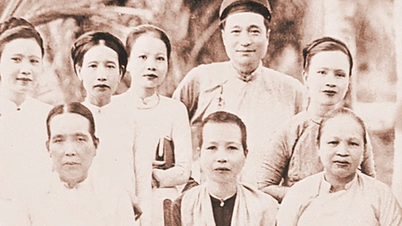
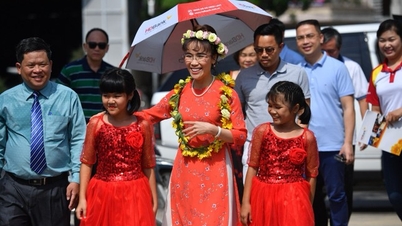

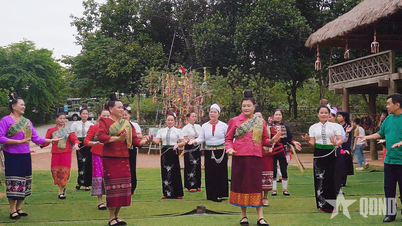






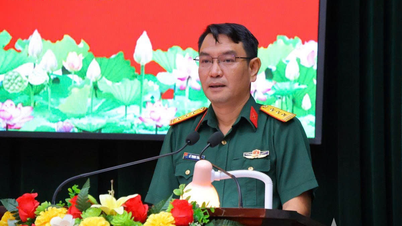

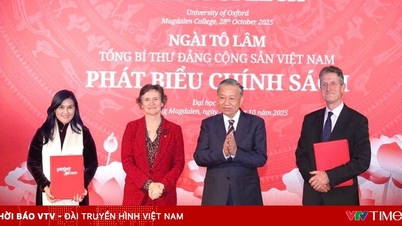

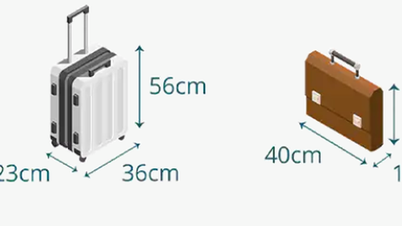


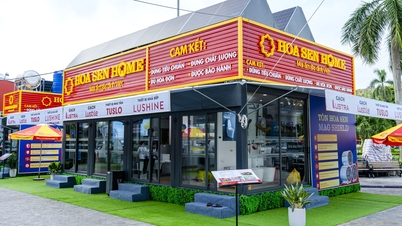
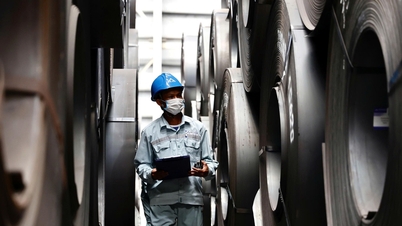



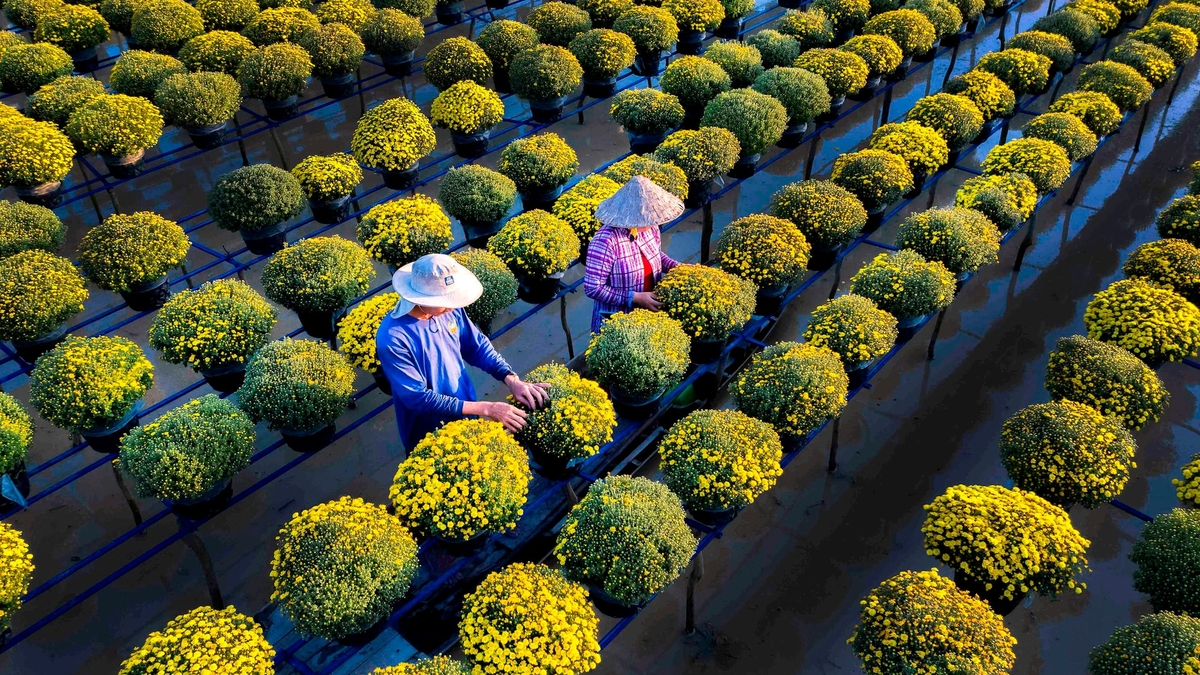


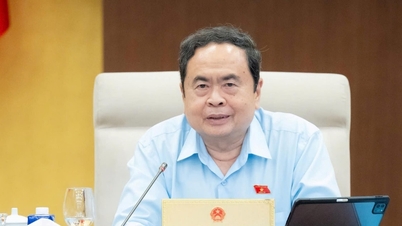

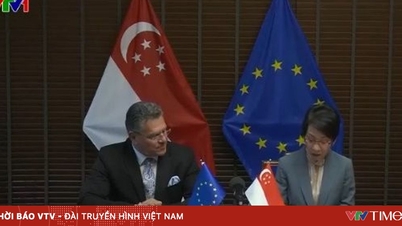
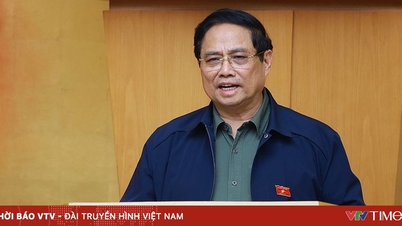


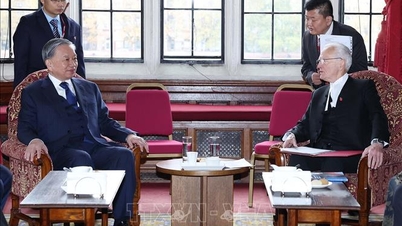
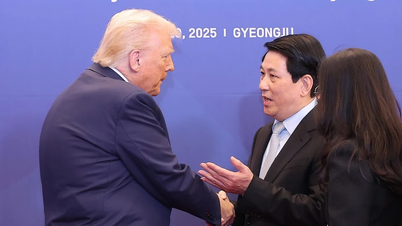



![[Live] Concert Ha Long 2025: "Heritage Spirit - Brightening the Future"](https://vphoto.vietnam.vn/thumb/402x226/vietnam/resource/IMAGE/2025/10/29/1761743605124_g-anh-sang-am-thanh-hoanh-trang-cua-chuong-trinh-mang-den-trai-nghiem-dang-nho-cho-du-khach-22450328-17617424836781829598445-93-0-733-1024-crop-1761742492749383512980.jpeg)
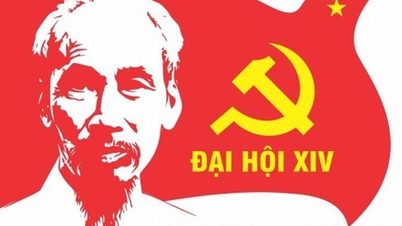
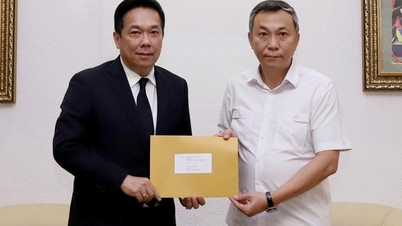

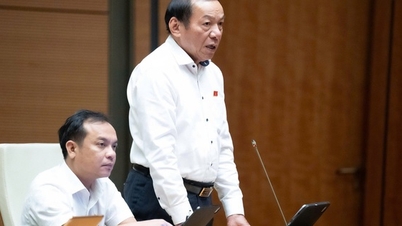
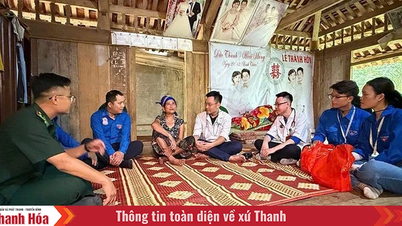

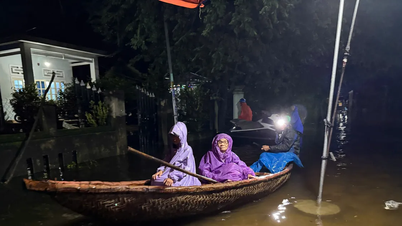





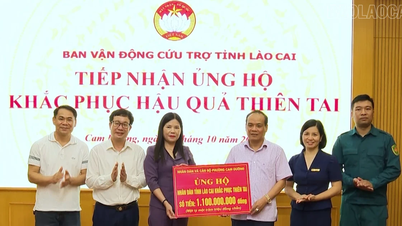

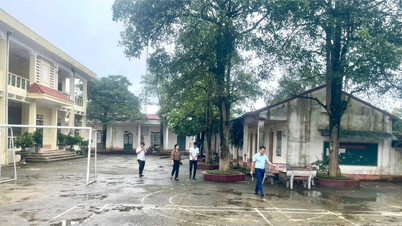










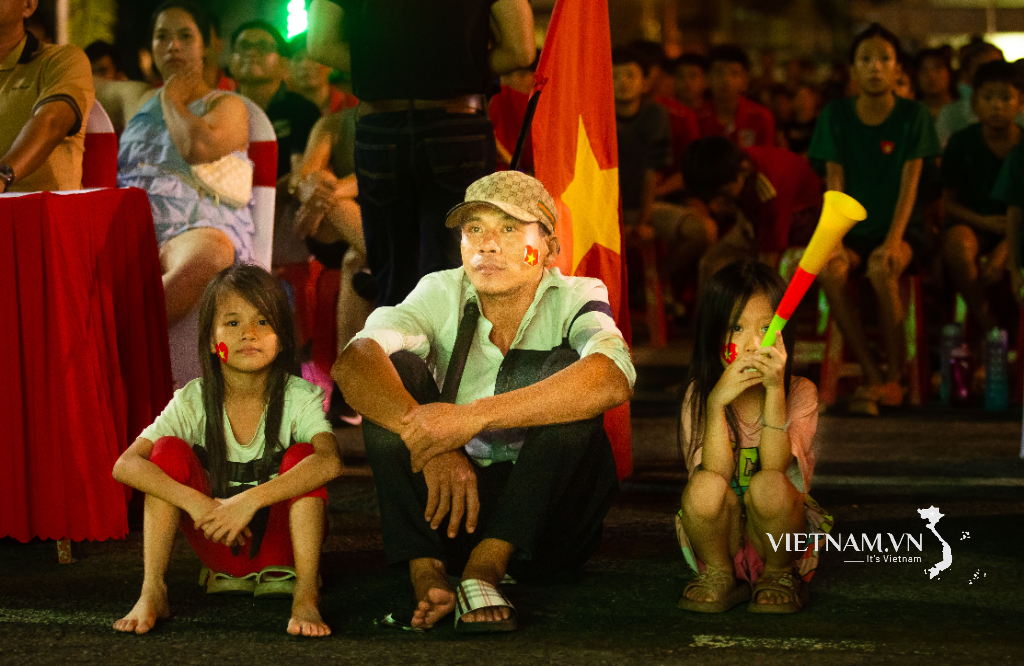

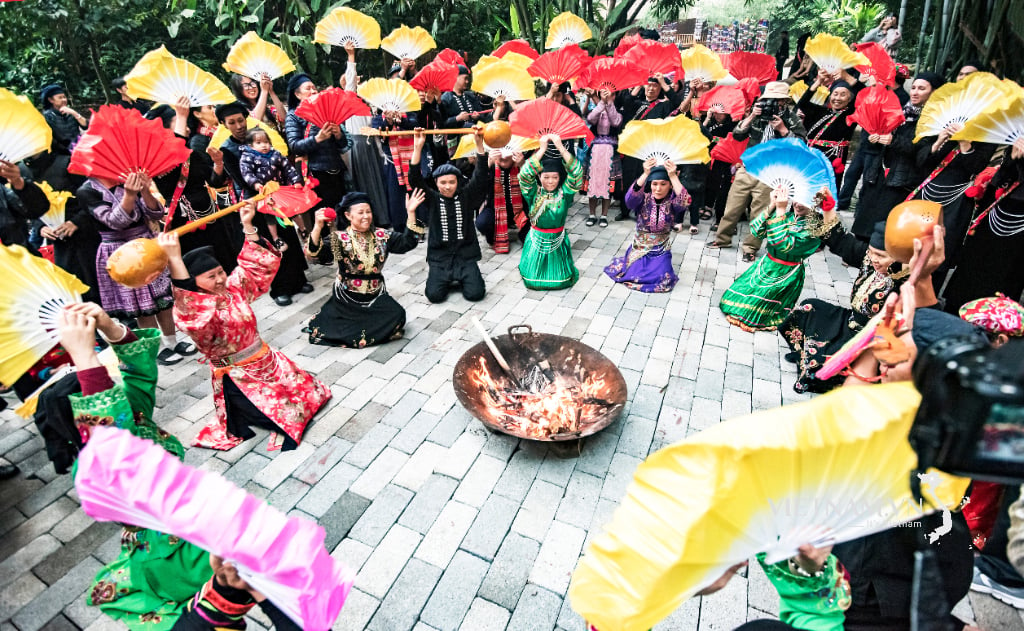

Comment (0)